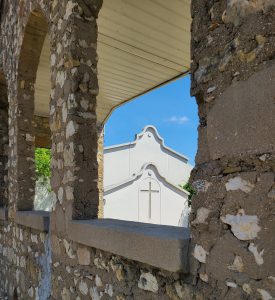Last September I debunked the popular notion that 10,000 congregations close each year in America. Based on the best information available, the number of congregations closing each year in recent years has likely been between 3,850 to 7,700. These numbers reflect a closure rate of 1% to 2% a year.
COVID-19 Alters Projections

A recent Faith and Leadership article, “Will the church financially survive the COVID-19 pandemic,” featured the wisdom of twelve diverse leaders. Bill Wilson, Director of the Center of Healthy Churches, suggested that as many as 33% of all American congregations could close by 2025. Elise Erikson Barrett, Coordination Program Director, National Initiative to Address Economic Challenges Facing Pastoral Leaders – funded by Lily Endowment, Inc., advised that struggling congregations may close 5 to 10 years earlier on average than they would have without the experience of the COVID-19 pandemic.
Context
Congregations vary in size and financial situation. Many, however, are not in a position to endure prolonged drops in giving. According to the latest wave of the National Congregations Study, about 1 in 3 congregations have no savings. And, according to the National Study of Congregations’ Economic Practices nearly 4 in 10 congregations (39%) lack the funds to cover 3 months of operating expenses.
So What?
Nearly all congregations have engaged in new levels of innovation as a result of the COVID-19 pandemic. Congregations at highest risk for permanent closure based on their financial situation prior to the pandemic, will be forced to make decisions more rapidly than other congregations. As unemployment levels remain higher than any time since the Great Depression and as most congregations will not reopen for worship or will not hold in person services that come close to resembling those before the pandemic, it seems reasonable to assume that the percentage of congregations closing over the next few years will greatly exceed historical norms.
While I think Wilson’s projection that 1 in 3 congregations may close by 2025 is high, it highlights the need for congregations at risk of closure and those nearly certain to be around well beyond 2025 to begin thinking strategically about the coming wave of church closures.